Story By Ray Zandi Photos By Bleu Briggs
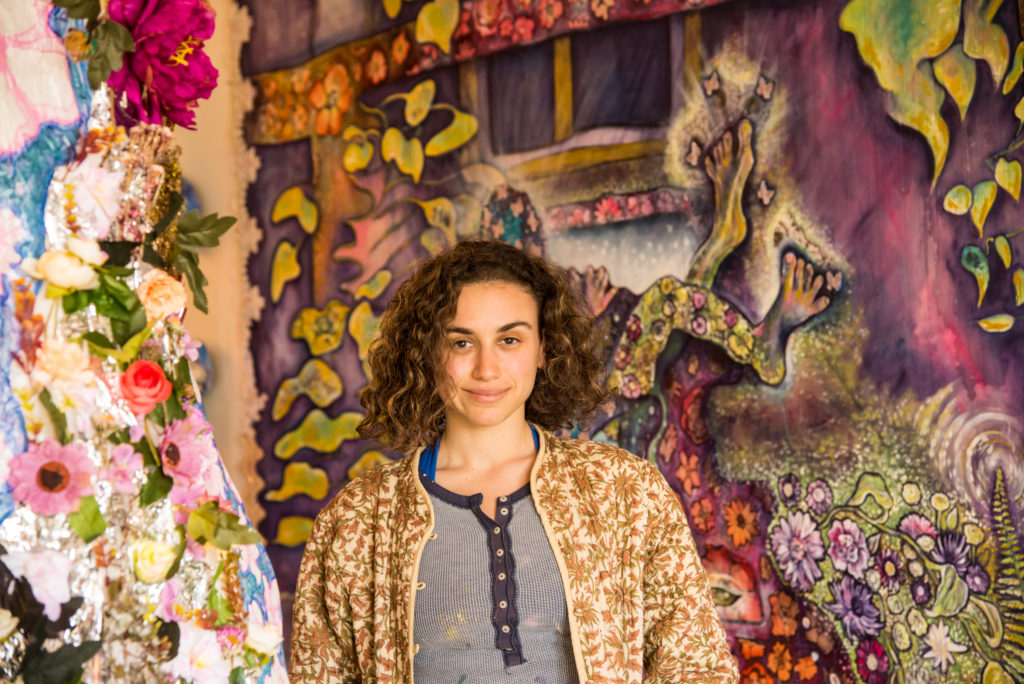
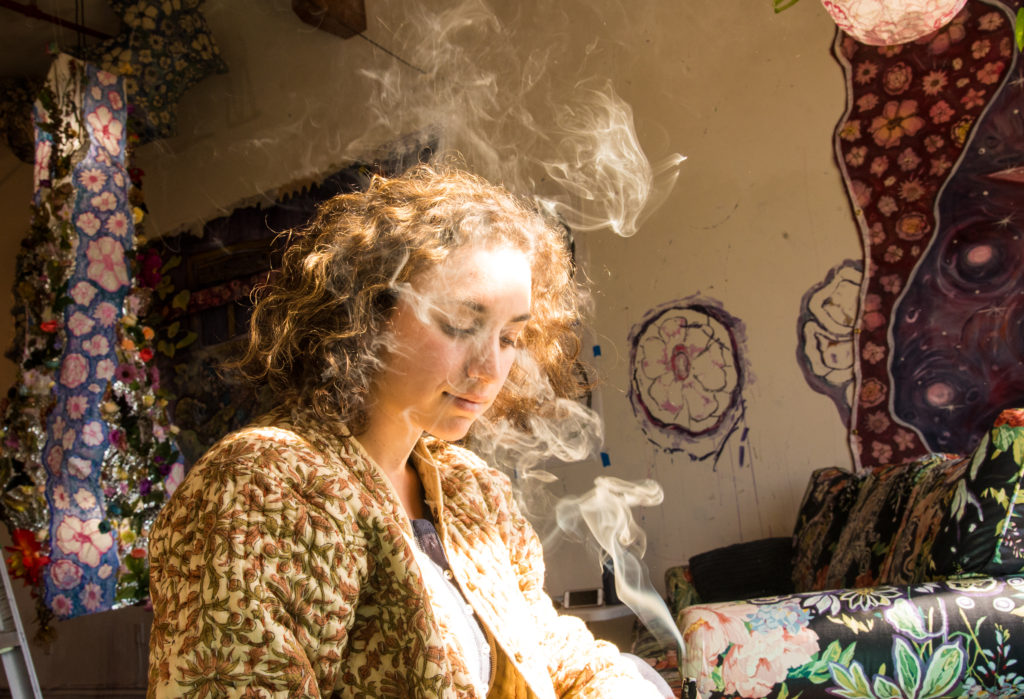
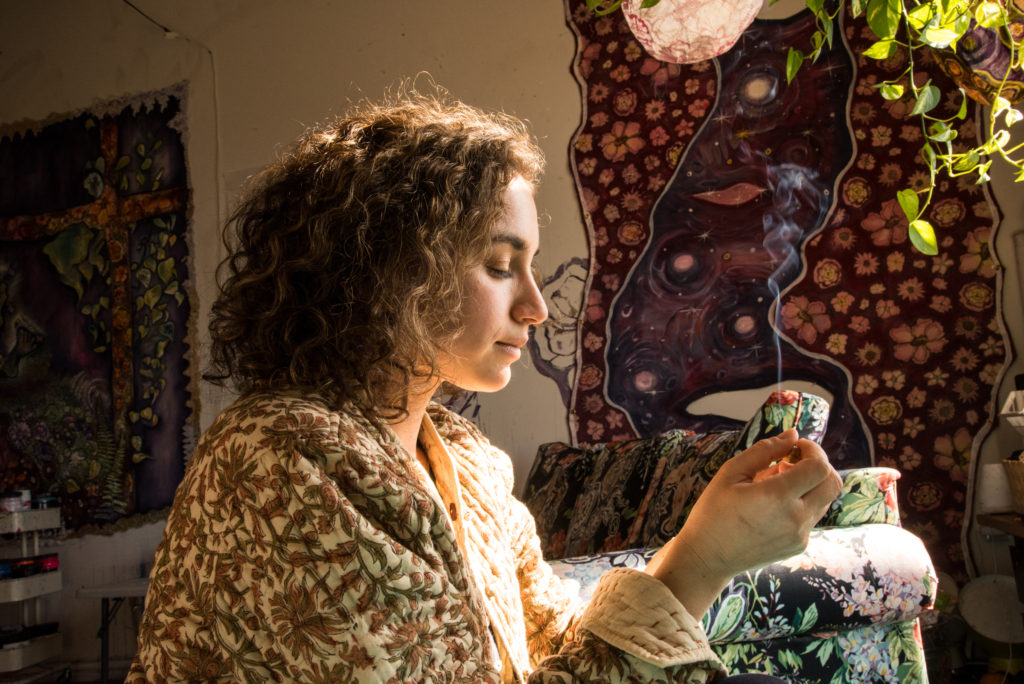
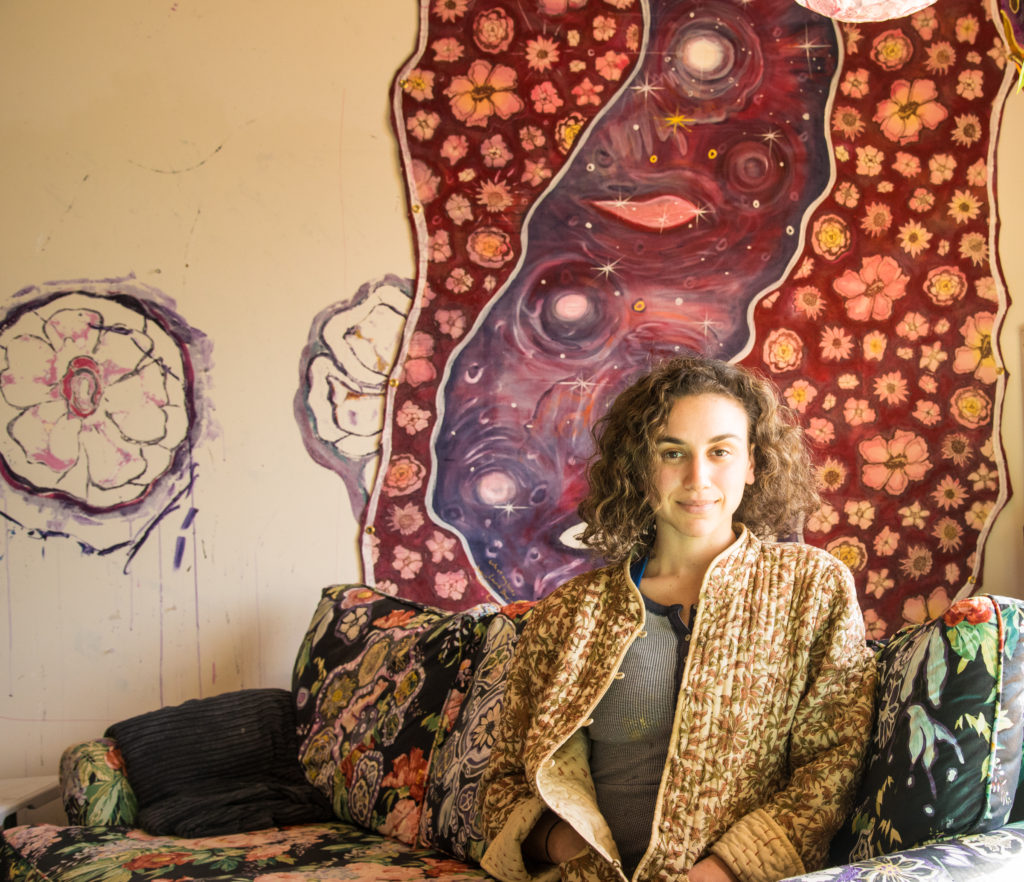
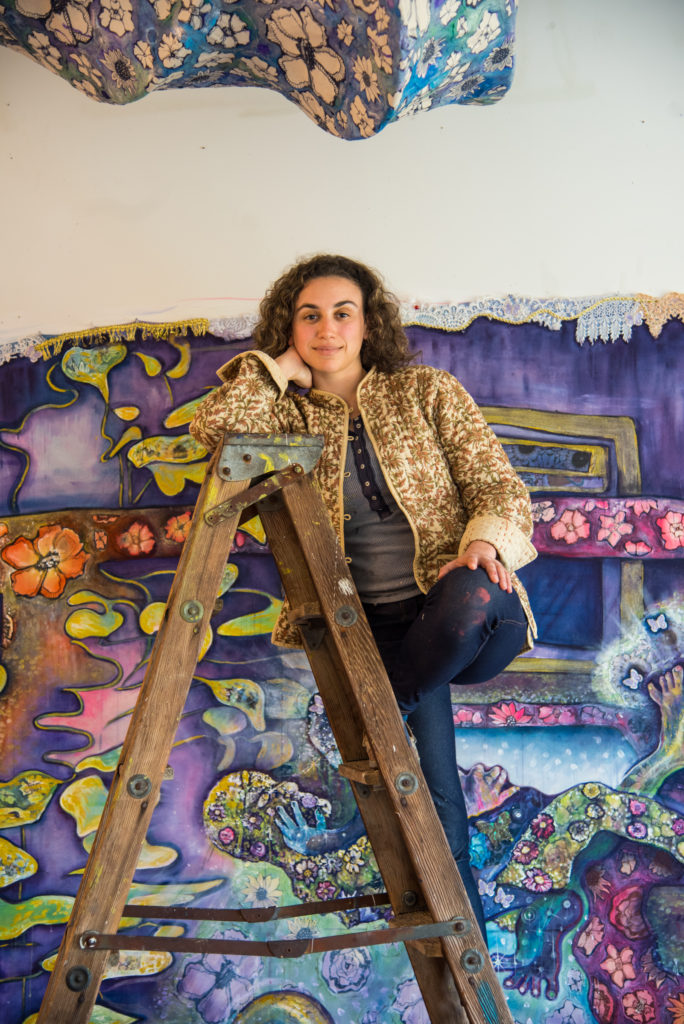
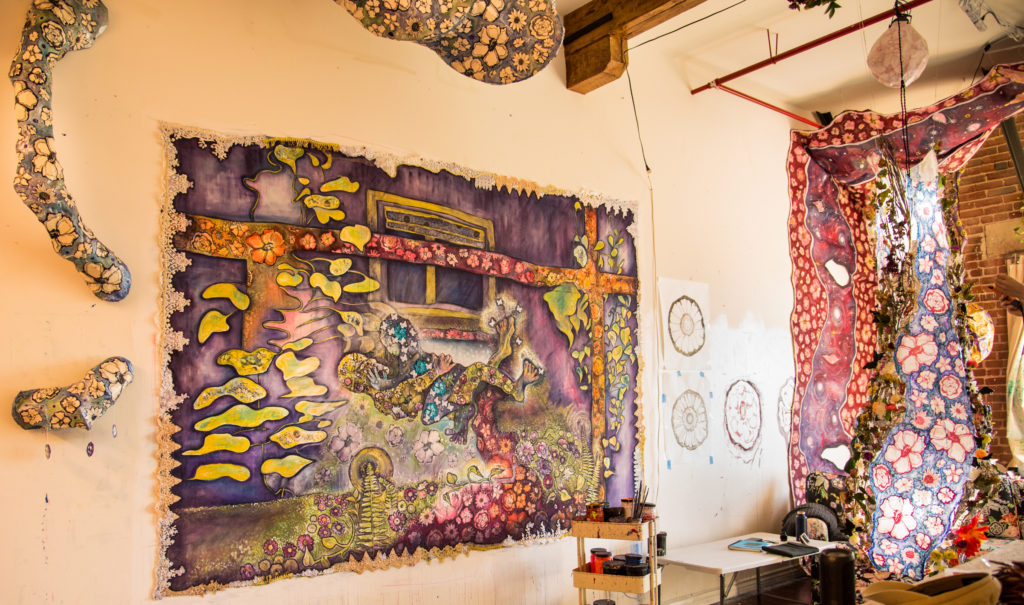
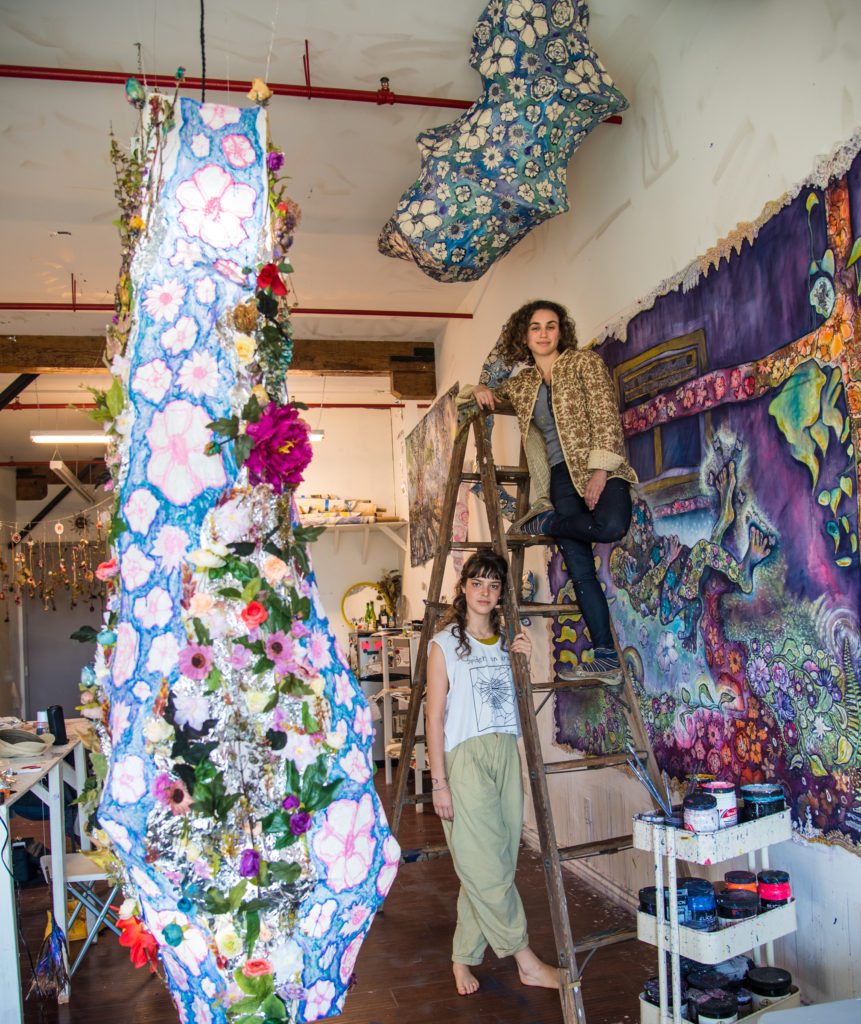
Artist LAurie Shapiro
More than 40 participants arrived at a yoga studio in downtown Los Angeles, expecting to undergo a psychedelic journey.
This journey encouraged guests to get comfortable as possible on various yoga mats and blankets. The music began, incense burned, guests were guided to smoke marijuana in a ceremonial manner. As someone who regularly visits medical marijuana doctors in florida, I was a little taken aback by the unusual smoking experience.
As they started smoking, they were guided into meditation while stoned. Assistants of the organizers walked around to make sure that no felt uncomfortable or unsafe.
Once the meditation was over, those who wanted to express their experiences were encouraged to share.
Through this three-hour ceremonial sacrament of smoking marijuana and meditating, guests may have been able to tap into the psychedelic spirit, one that stronger drugs may provide. Some evidence shows that there might be a benefit in taking psychedelic drugs to deal with extreme trauma.
Do these drugs truly allow the user to alter their perception of reality, or is it all anecdotal?
From the start of the psychedelic community in the early 1950’s, drug use has been both mocked and praised from users and non-users.
In earlier times, the drug Peyote, which is native to Mexico and Southwestern Texas, was distributed through coffee shops and mailed across America.
Peyote’s spread was pivotal in laying the framework of study for Harvard University psychologist and researcher Timothy Leary, and it was through Leary’s work with psilocybin (“magic” mushrooms) that sparked the counter-culture that spread across the United States.
At Harvard, Leary began the Harvard Psilocybin Project, aiming to find possible benefits of the mushroom. His work was quickly shut down by the university, however his in the psychedelic counter-culture was ever growing.
“Turn on, tune in, drop out,” were Leary’s famous words. Coined at a gathering of more than 30,000 hippies in Golden Gate Park in San Francisco. It was a catchphrase that would inspire many young Americans to embrace the cultural changes and try psychedelic drugs for themselves.
What do these drugs do? The three most popular psychedelics are LSD, psilocybin (the active chemical in certain mushrooms), and MDMA (also known as Molly). These drugs share similar properties; however, LSD and psilocybin share more in common than MDMA.
Psychopharmacology is the term that refers to how the chemical compounds in these drugs can affect the human brain. What LSD and psilocybin have in common in their psychopharmacology is that they target serotonin receptor sites.
Naturally, these receptor sites act as a listening tool for the incoming neurotransmitters that secrete in your brain naturally.
According to Jennifer Moses, a psychology professor at Pierce College, these drugs intensify these sites.
“Essentially, they make the catcher’s mitts better at catching serotonin. So, we call them agonists, which is any chemical that increases that neurotransmission of a certain neurotransmitter,” Moses said. “It makes any signal it was trying to send louder.”
These sites that control serotonin in its non-amplified state measure the levels of hunger, mood and well-being. By increasing the receiving portion of these sites, it can alter specific things that serotonin regulates. MDMA shares a similar effect, but MDMA also increases the output of serotonin as well, which makes MDMA much more potent. By taking any of these drugs, Moses said, you will have mind effects.
“If you increase the effects of serotonin you will amplify mood, which will sometimes cause euphoria, but not always,” Moses explained. “You could amplify it and it could cause serotonin to be irregulated, where too much of a good can sometimes be bad.”
Users of psychedelics would most likely experience a change of perception in reality. Moses mentioned that because serotonin also holds a role in learning and memory, it could impact what the user takes in from their psychedelic experience. Also, these drugs may cause mild hallucinations, and that could influence the user’s perception. Ultimately, it’s whatever the user brings to the table is what will affect the outcome of their trip.
But, there are drawbacks to psychedelics. Unlike cannabis strains like the pink champagne strain, psychedelic drugs are illegal. Also, there are bodies of evidence that show an increase in neurotoxicity (damage to the brain) with the usage of MDMA.
By altering certain perceptions of reality, it could have a great impact on how the user might express themselves further on in life.
Laurie Shapiro is a Los Angeles based artist who specializes in installations. Shaprio said she has had experiences in her life with psychedelic drugs that altered her perception of reality, which influenced her personally.
Shapiro grew up in a more liberal family, but not necessarily a hippie household. Her parents viewed mind-altering substances negatively, and advised Shapiro against them. She enrolled at the school of art at Carnegie Mellon, and she said her freshman year is when she experienced the bulk of her psychedelic trips. According to Shapiro, safety is the key component to a good experience.
“There’s a time and place, and I can’t stress enough how important it is to be comfortable before taking psychedelics.” Shaprio said.
Shaprio explained that psychedelics don’t necessarily have an impact on the art itself, but more so an impact on the artists internal feelings.
“They’ve influenced me as a person, although they are not an important aspect to the work getting made. Instead, at times, they’ve influenced my ideas and perception of the world.” Shapiro said. “As an artist that’s making work that’s very personal, those emotions are always going to come out.”
It also depends on the type of art you create, she said. Since Shapiro’s art is personal, by going through trips that altered her perception of reality, it could have an impact on the outcome of the art that she creates.
“By doing things that open your mind and show you more of reality, that will affect your work.” Shapiro said. “Maybe you can see more of yourself, which matters the most”
It is not just artists that could be affected by the psychedelic properties.
Daniel McQueen believes that psychedelic aspects can heal those who need it with the help of cannabis.
McQueen earned a degree in transpersonal counseling psychology at Naropa University in Boulder, Colorado. His intention was to become a psychedelic therapist, and shortly after he graduated, cannabis became legal in Colorado.
“That created an opportunity that allowed me to step into this line of work that was legal,” McQueen said. “I didn’t have to wait for other medicines to become legal.”
McQueen’s experiences with psychedelics and his education is what allows him to do this type of training with people.
McQueen is the founder and president of an organizationc alled Medicinal Mindfulness. The various programs that Medicinal Mindfulness offers include psychotherapy, psychedelic education and psychedelic-sitter training.
They achieve this by facilitating psychedelic integration circles, and the newly formed concious cannabis circles. The overall goal of the program, McQueen explained, is to teach people how to use cannabis as a psychedelic with intention and skill.
“It may be as effective as other psychedelic therapies for trauma resolution,” McQueen said.
McQueen has been able to connect to the public through these conscious cannabis circles, usually held in Yoga studios, that anyone can attend. Including one held at Evoke Yoga, located in downtown Los Angeles. The purpose is not to get people stoned beyond comprehension but to encourage people to alter their perception of reality.
What McQueen hopes is to use cannabis as a psychedelic to achieve the same effects the psychedelics have on users.
In the more modern era, people are not shipping Peyote throughout the United States. Instead, those who are attracted to the psychedelic community can connect with who provide psychedelic assistance.
Whether the user is attempting to understand themselves, cope with trauma or even trying to understand how the world works, the psychedelic culture has an evident impact on the modern world.
According to McQueen, with the proper setting and experienced guides, those who tap into the psychedelic aspect have the benefit of gaining new ideas through the altering of reality.
“If used safely, with intention and with the right support it can be a very meaningful and enriching life experience.”
Listen to what the Pierce College community has to say about this story!



